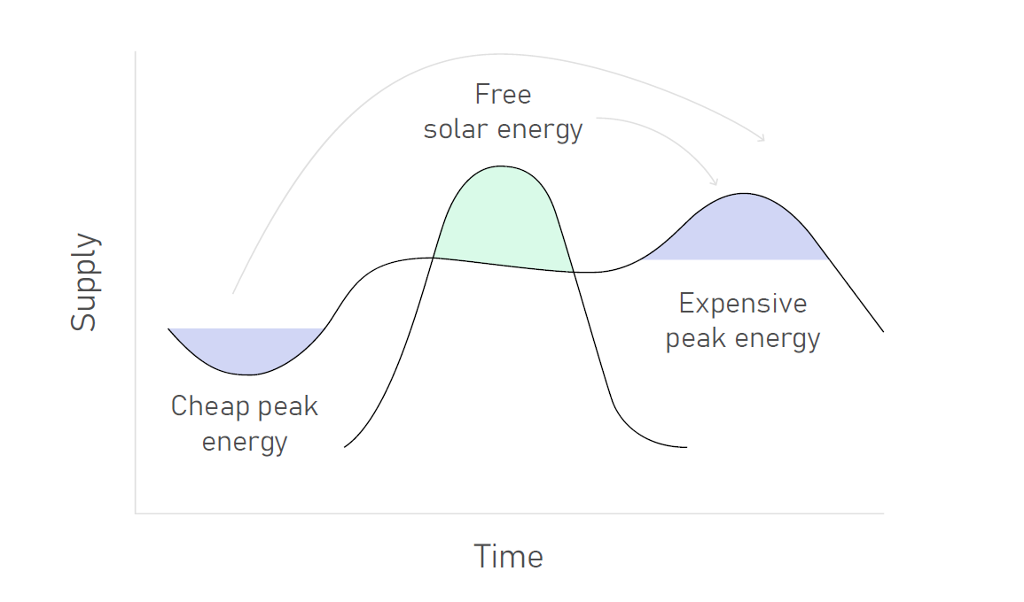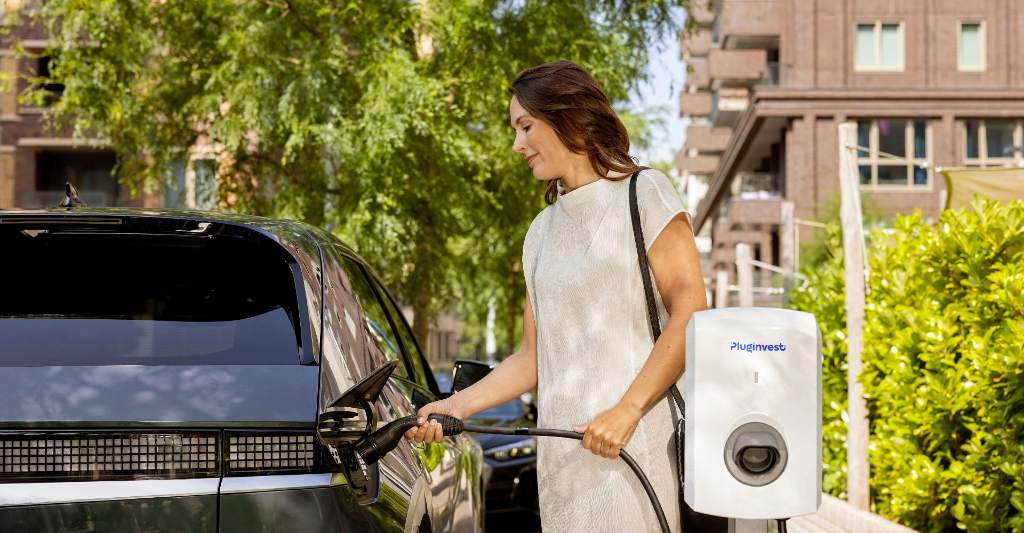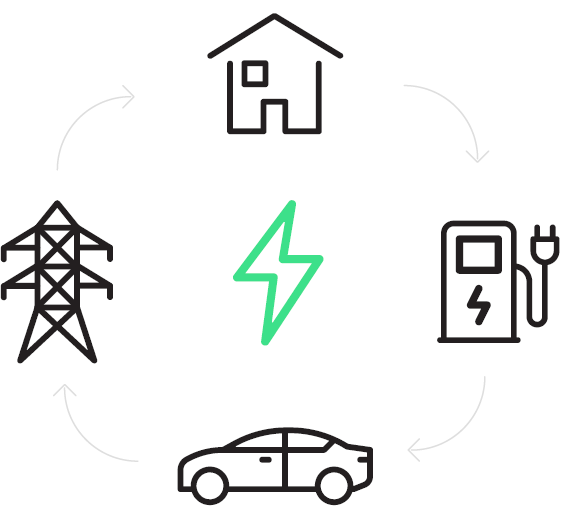The transition to electric driving is in full swing. With the European Union's ambition to have only electric cars on the market by 2035, the question rises: can our power grid cope with this big shift?
Don't worry, the answer is: yes! At least, provided we distribute energy smartly and continue to invest in smart charging solutions and renewable energy sources. Drivers should also be aware of how to use the energy of their electric vehicle.
Smart charging stations create a balance
Fluvius reports in 2021 that the capacity of the Flemish grid is strong enough to charge around 1 million electric cars by 2030 (source: HLN) It is not only important how much energy is available, but also how this energy is smartly distributed. Fluvius is working on investment plans to increase grid capacity.
Our calculations show that the Flemish distribution network can handle one million electric cars by 2030.
An advantage of electric vehicles (EVs) is that they are in communication with charging stations. This provides grid balancing; EVs can be flexibly charged through load balancing and peak shaving. Load balancing ensures that the available energy power is distributed equally among all charging stations at a charging plaza or site. It takes several factors into account; such as electricity capacity, the cars' charging speed and energy consumption at the time. This allows electric vehicles to charge simultaneously without the risk of overloading the grid. Peak shaving means that smart charging stations can make use of surplus green power on the grid, e.g. from wind or solar power, to reduce peaks in power demand. This also reduces the cost of charging.

Invest in renewable energy sources
Investments in renewable energy sources are being made by both the government and companies such as Engie. These sources produce a lot of energy, but depend on weather conditions. In the winter months, the sun shines less and the wind changes its strength at random times. This means that some days not enough energy will be generated, which then has to be supplemented by nuclear power or gas. But on other days, on the contrary, too much green energy will be generated! We need to be able to store these surpluses and use them when we really need them. And thus also to charge our electric cars.
Types of renewable energy sources

Investments in green energy sources such as wind and solar power are becoming crucial to generate electricity for EVs in the future. In Belgium, we use different types of renewable energy sources such as:
Wind turbines: 1 wind turbine processes up to 6.5 million kWh per year, and there are currently 750 turbines in Belgium. This is already 4.8 billion kWh in one year!
Solar panels: many Belgians will also charge their electric vehicle at home with solar panels. We were already fifth worldwide of panels per inhabitant in 2022.
Hydropower: Electrabel has eight rivers and dam power plants, where they generate energy through the powerful flow of water.
Responsible use of energy
What is also important about the transition to electric driving is making people aware of energy saving and efficiency. Thus, to ensure that everyone will have enough electricity, the grid needs to be handled in different ways. One of the measures around this is the capacity tariff. The capacity tariff partly takes into account peak consumption. When all working people come home in the evening and immediately switch on all the lights, use the induction cooker, switch on the washing machine and immediately start charging the electric car. This creates very high peaks, and such extensive use of the electric grid will be reduced a lot by the capacity tariff.
Preventing frequent use of fast charging
You are also not supposed to frequently charge your EV at a DC charger or also called fast charger. These ultra-fast chargers are often located on motorways so that people on holiday abroad, for example, can charge faster. But for everyday use, this is absolutely not necessary. A smart AC unit provides enough power to charge most electric cars and plug-in hybrids in less than 8 hours.
Charging your car less often
The average Belgian drives on average 45 km a day, which means that an EV does not need to be charged daily. This also reduces the load on the power grid. We would encourage drivers to plan on charging their EV properly and not charge the battery to 100% every day when it is not needed. It is best to keep your electric car's battery between 20 and 80% at all times; this is not only important for the power grid. This also keeps the EV battery healthier, making it last longer.

The charging capacity of new electric vehicles is also increasing at a rapid pace. Every month or so, a new EV with better driving range and faster charging features enters the market. The latest KIA EV9 is fully charged using a 150 kW fast charger in just 28 minutes. And this will only continue to advance in the future!
Powering your home through your EV
What makes the situation even more feasible is the concept of Vehicle-to-grid (V2G) or bidirectional charging. Simply explained, this means that your car acts like a battery, powering your home with its electrical energy. An average electric car has about 50 kW in its battery. An average household uses only 9,59 kWh a day! So it is doable to use the energy from your EV to heat up your oven, for example, or play the TV. This allows the electricity grid to better balance and distribute itself when there are fluctuations, due to, say, a period when less wind power was generated or in winter when less solar power is generated.

This is useful in everyday life but also in unforeseen situations such as natural disasters, power cuts, blackouts. You use the energy stored in your EV's battery to power your home and electronic devices directly. This technology is still under development, but there are already EV models that offer this feature such as the Polestar 3 and the Volvo EX90. And in other parts of the world like America, there are even pending laws making V2G mandatory in new cars.
The future of electric driving
The transition to electric driving will be gradual, giving the government, industry and energy companies enough time to invest in new technologies and way to have enough power on the grid. We will not all be driving around in an electric car overnight and charging at the same exact time. So it is certain that we will have enough power to charge EVs by 2035.